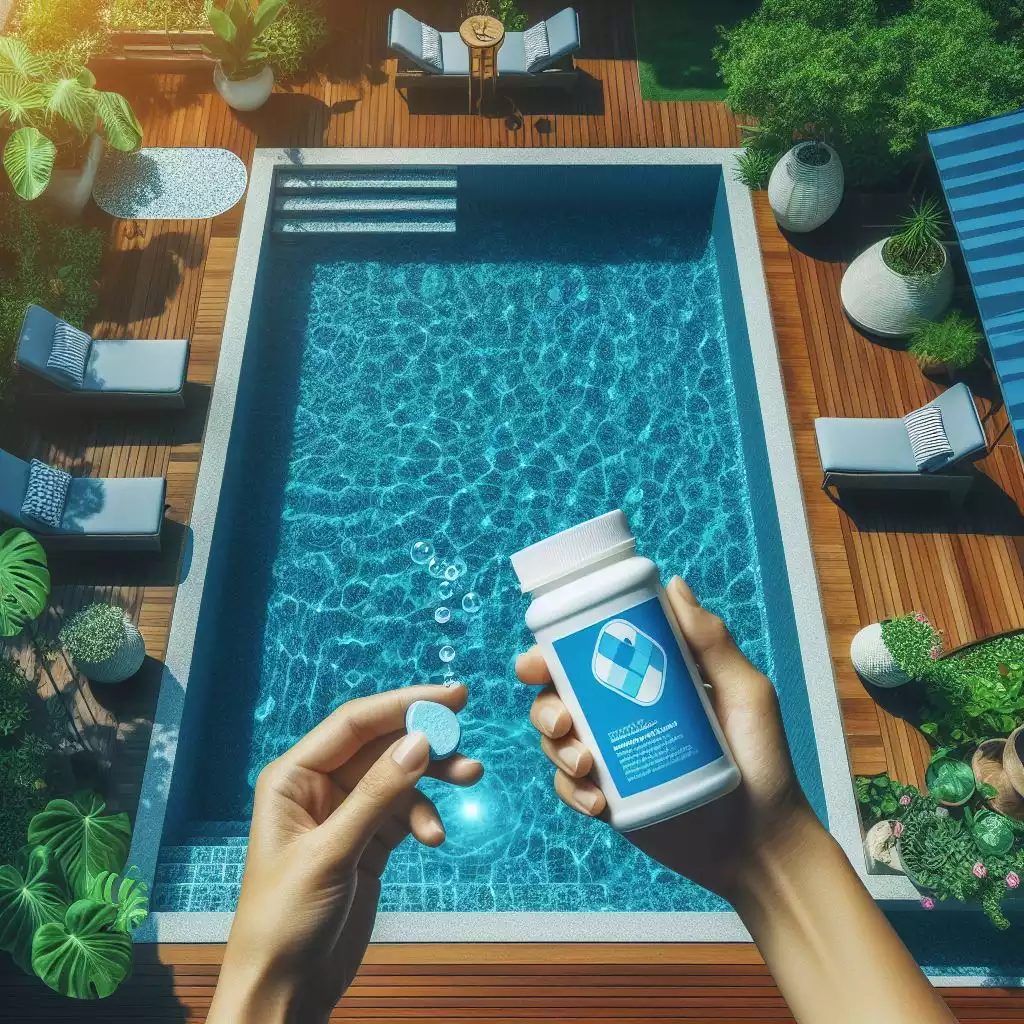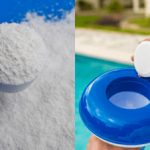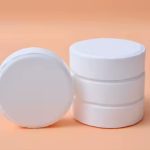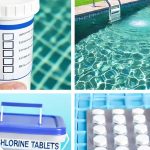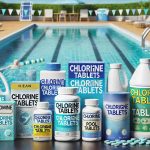Using chlorine tablets in a home swimming pool is a crucial step in maintaining the hygiene and safety of the pool. Chlorine tablets effectively kill bacteria and algae in the water, ensuring the pool water remains clean. However, many pool owners often wonder: How long after adding chlorine tablets can I use the pool again? This article will discuss this issue in detail, providing practical guidance and advice.
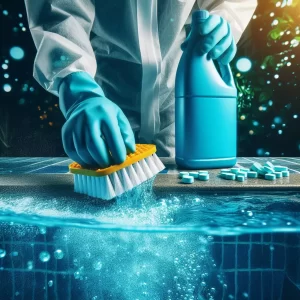
Basic Function of Chlorine Tablets
The main component of chlorine tablets is sodium chloride, which dissolves slowly in water, continuously releasing chlorine gas that kills bacteria, viruses, and algae through chemical reactions. This sustained disinfection keeps the pool water clean and safe, preventing the spread of diseases.
Waiting Time After Adding Chlorine Tablets
The dissolution rate of chlorine tablets in the pool depends on several factors, including water temperature, the pH of the water, and the water’s circulation. Generally, chlorine tablets need some time to fully dissolve and evenly distribute throughout the pool water. This process can take from a few hours to 24 hours.
Water Temperature: Higher water temperatures accelerate the dissolution of chlorine tablets, meaning that the disinfection process occurs more quickly.
pH Value: The ideal pH value for pool water is between 7.2 and 7.6. Chlorine is most effective as a disinfectant within this range.
Water Circulation: Water flow helps chlorine tablets dissolve faster and distribute more evenly. If the water circulation is slow, it might take longer to reach the desired chlorine levels.
Testing the Chlorine Concentration in the Water
Before using the pool, it is very important to test the chlorine concentration in the water. The ideal chlorine concentration should be between 1-3 ppm (parts per million). You can measure the chlorine concentration using home water quality test kits or electronic water testers. If the chlorine concentration is too high, it is advisable to wait longer until the concentration naturally decreases to a safe range.
Other Considerations Before Using the Pool
Stability of Chlorine: Ultraviolet light from the sun can decompose chlorine, reducing its concentration. If the pool is exposed to sunlight for an extended period, it may be necessary to retest the chlorine concentration.
Frequency of Pool Use: The more frequently the pool is used, the more often the chlorine concentration needs to be checked and adjusted.
Conclusion
To ensure the safe use of the pool, it is recommended to wait at least a few hours after adding chlorine tablets to allow them to fully dissolve and distribute evenly. Always test the chlorine concentration in the water before using the pool to ensure it is within a safe range. Following these guidelines can help you and your family enjoy a safe and clean swimming experience.
